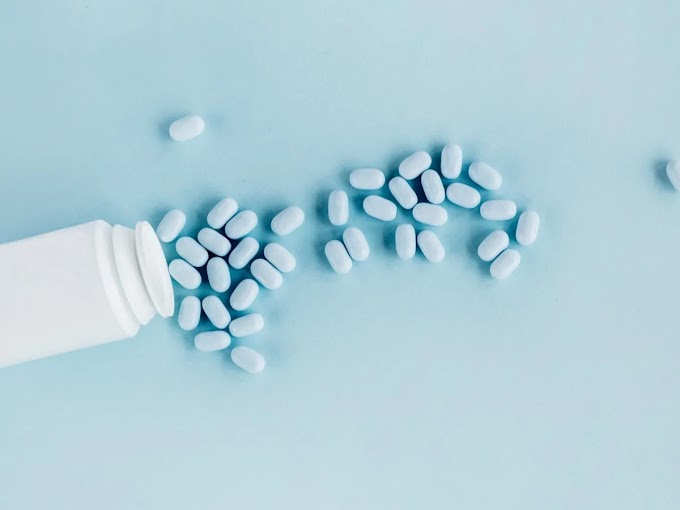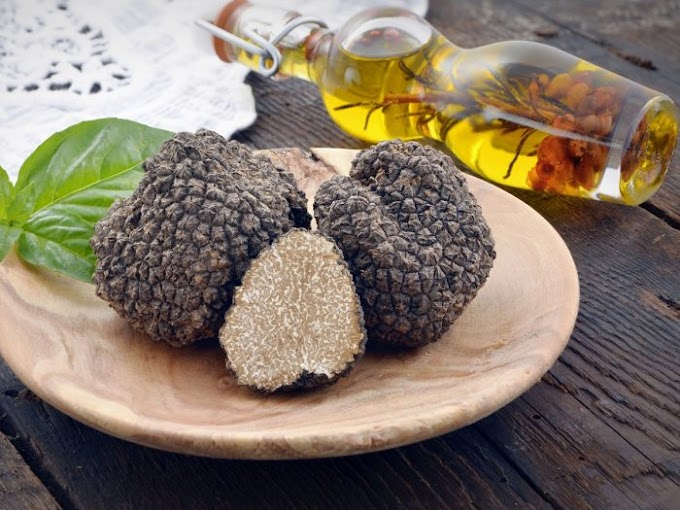Most likely, you've heard that sodium should be reduced. You may have even heard that the salt shaker should be stopped. You may be familiar with the guidelines for keeping your daily sodium intake below 2,300 mg. What does this all mean? And how many people are successful?
Recommendations for sodium intake
Let's begin with the guidelines. The World Health Organization (Centres for Disease Control and Prevention) and the American Heart Association recommend that sodium intake be kept to less than 2,300 mg per day. The Institute of Medicine (IOM), recommends aiming for 1,500 mg daily.
You may not be aware that sodium is an essential nutritional element. We need sodium to keep our bodies healthy. Healthy, active adults need between 200 to 500 mg of sodium daily.
How much sodium are we really consuming? According to current data, the average American consumes 3,400mg of sodium each day. This is more than the IOM recommends and significantly exceeds what is necessary for survival. This is why 1 teaspoon of table salt is equivalent to approximately 2,000 mg sodium, and 3400 mg sodium is 1.5 teaspoons.
Related: 5 Top Vitamins For Erectile Dysfunction Issues?
Salt is bad for you
This may make you wonder if all of this really matters. All of the scientific bodies that have provided these guidelines agree that excessive sodium intake increases our risk of developing hypertension (high blood sugar). This can cause heart disease and heart failure. Evidence suggests that high sodium intake can increase your risk of osteoporosis through the leaching of calcium from your bones.
Sodium in food
Where does all the sodium come from? Most adults can get the necessary sodium from many foods. It's not the sodium naturally found in foods that we should be concerned about, but the salt added to them. It is important to monitor the salt that we add to our homes, as well as the salt in restaurant meals and food manufacturing processes.
processed food is the biggest contributor to high sodium intake. Bread, canned goods, snack food, and canned foods all have added sodium. You can see the sodium content of food here. We also have more data and numbers that may inspire you to change how you eat. You might find some simple tips to reduce salt/sodium in your daily life more useful than that.
How to lower your sodium intake
These are four simple steps to a healthier and lower-sodium eating style
Fresh fruits and vegetables are a great way to fill your plate (and your stomach) Vegetables and fruits are naturally low in sodium and high in potassium, which can help lower blood pressure and reduce the risk of developing other medical conditions.
Use fresh lemon or lime juice and herbs to season your food. You can get plenty of flavor from sodium-free seasonings without having to worry about the adverse effects of salt. Allow yourself to adapt to new tastes.
Enjoy more home-cooked meals. Restaurant meals are often high in sodium. You can reduce your salt intake by cooking more at home.

.jpg)





